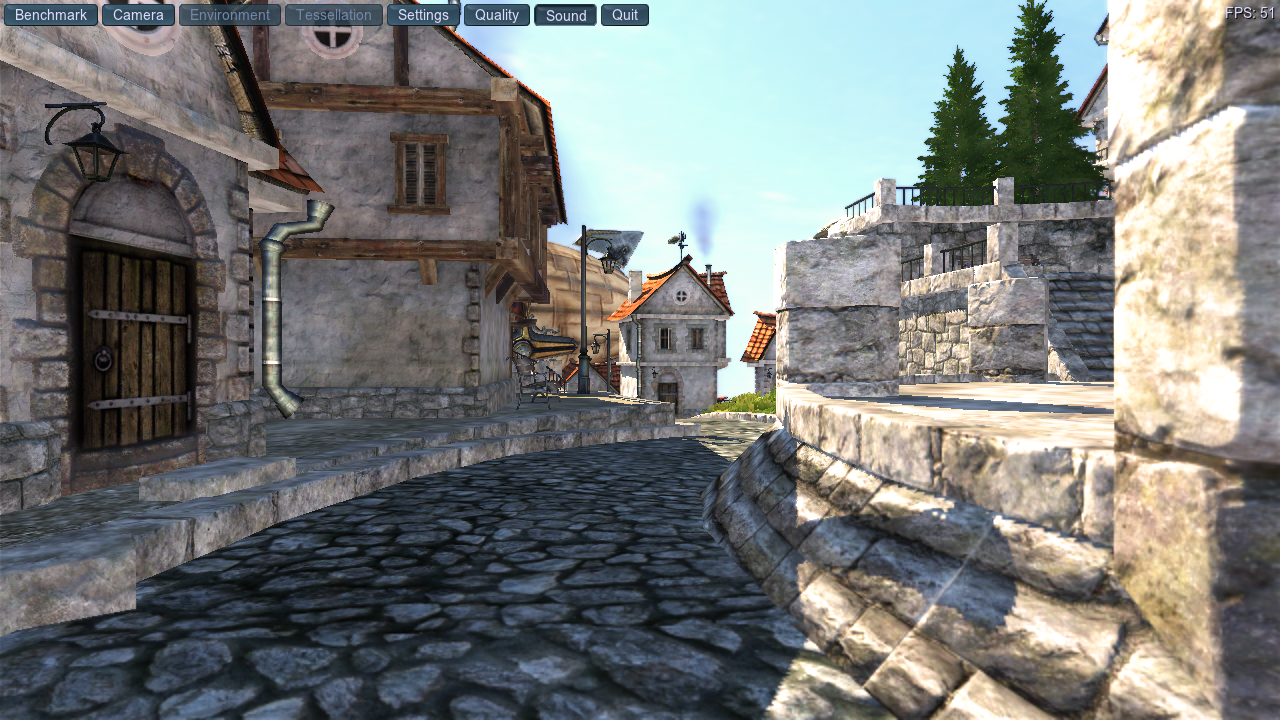-
chevron_right
Quake II RTX adds support for the official cross-vendor Vulkan Ray Tracing
Liam Dawe · news.movim.eu / GamingOnLinux · Tuesday, 15 December, 2020 - 14:16 · 1 minute
Great news for AMD fans as Quake II RTX has been updated again, and it now features support for the newly released official cross-vendor Ray Tracing support with the Vulkan API.
With Vulkan, originally only NVIDIA supported Ray Tracing with their own extensions. That's no longer needed, as The Khronos Group formally announced the final and finished Ray Tracing specification for the Vulkan API back in late November.
Quake II RTX was one of the earliest titles to have Ray Tracing, and acted as something of a quick playground just to test out the features available. It was built on top of existing work from Q2VKPT from Christoph Schied with NVIDIA adding in new path-traced visual effects, improved textures and so on.
Thanks to an update to Quake II RTX released today, it adds support for the new official Vulkan Ray Tracing API and enables dynamic selection between NVIDIA's stuff and the new stuff. Any GPU and driver that supports VK_KHR_ray_tracing_pipeline will now work with the Ray Tracing here. Additionally, they also added in "temporal upscaling, or TAAU".
Quake II RTX 1.4.0 comes with various other improvements too including SDL2 upgrades, lots of bug fixes, further enhancements to the visuals like more stable reflections and refractions, reduced blurring in the temporal filter and more.
Find Quake II RTX on Steam with the first three levels free, the rest available if you buy Quake 2 directly.



